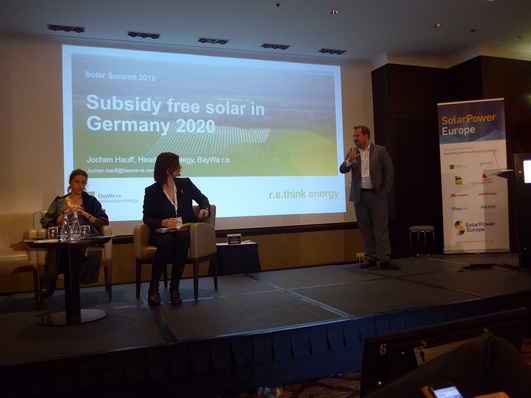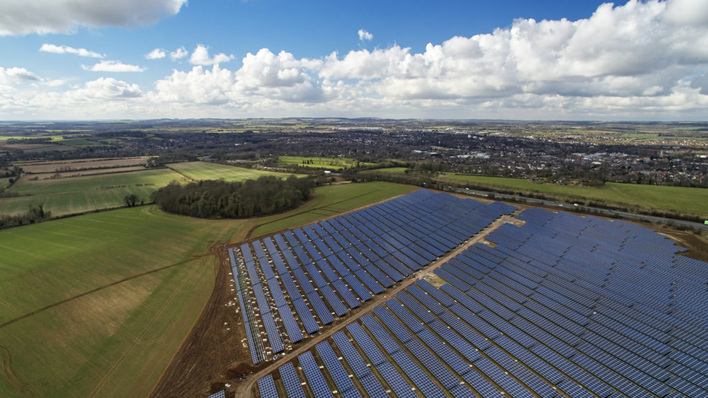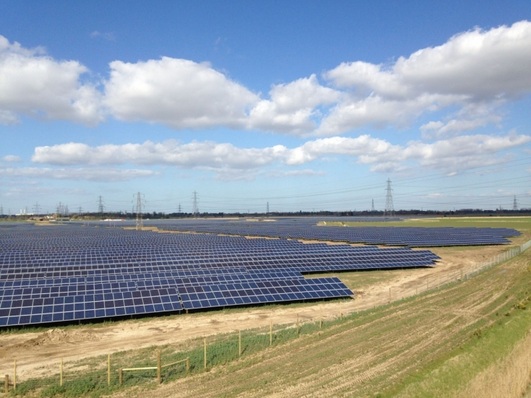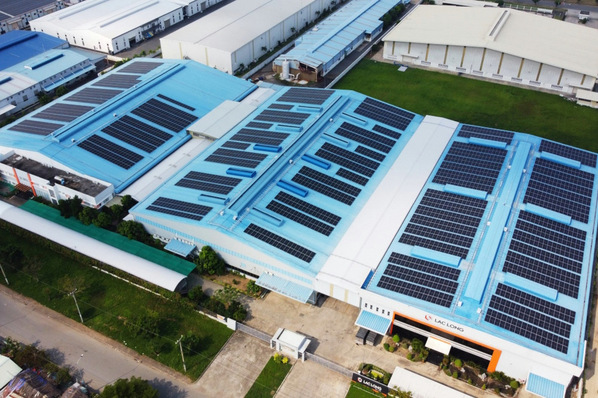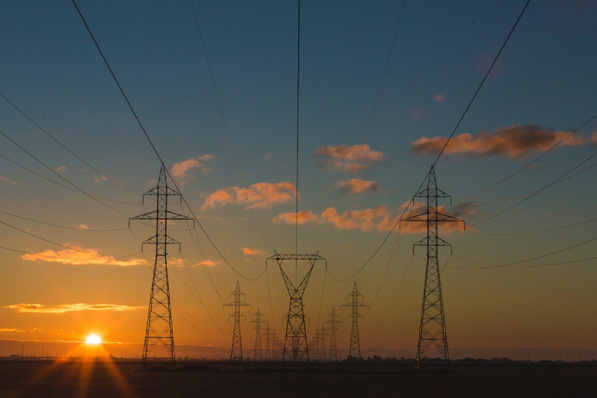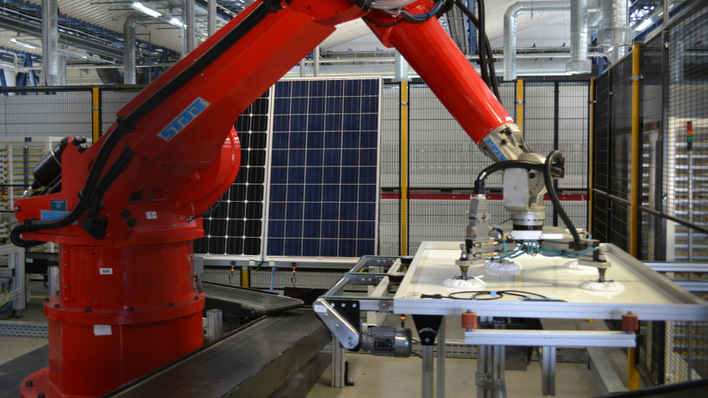The German Renewable Energy Sources Act (EEG) 2017 provides for innovation tenders (InnoA) to test new pricing mechanisms and tendering procedures. The aim is to encourage greater competition and more grid- and system-supporting operation of new generation plants. Three calls for tenders with a total volume of 1.15 gigawatts (GW) are planned for the years 2019 to 2021, each on 1 September.
The Federal Ministry of Economics and Technology (BMWi) is currently working on a corresponding ordinance. According to Jochen Hauff, Head of Strategy, Energy Policy and Sustainability at BayWa r.e., the CDU/CSU parliamentary group in the Bundestag is pushing for the introduction of a fixed market premium. Within the framework of a fixed market premium, investors receive a fixed payment per megawatt hour of electricity generated, fixed before the start of the project, in addition to the electricity price proceeds. This means that the premium - unlike the current sliding market premium - is not adjusted in line with the proceeds from the electricity market.
Fixed market premium as an incentive to remain in the subsidized regime
While the sliding market premium decreases when the electricity price level rises and eventually drops to zero, the fixed market premium would still receive additional remuneration if the electricity price has long since reached a level that allows renewable energy systems to be refinanced via the market. "A fixed market premium thus creates an incentive for a plant operator to remain permanently in the promotion regime," Hauff says. In addition, this would not incite innovative technologies or systemic behaviour on the part of generation plants.
Instead, BayWa r.e. advocates focusing innovation tenders on the promotion of innovative technologies such as hybrid power plants (wind and photovoltaics, possibly combined with storage), power-to-x systems and land-saving applications (e.g. agricultural PV or floating PV), which have a positive impact on the overall system and acceptance. Specifically, the company proposes three fields of tender: Grid service through hybridisation, reduction of land use conflicts and sector coupling".
Symmetrical market premium as an incentive for market integration
As a remuneration innovation, BayWa r.e. recommends a symmetrical market premium with a market option, i.e. risk hedging by means of a symmetrical market premium combined with a one-off opportunity to switch to the energy market. As with the current floating market premium, operators receive an increase in their revenues in the symmetrical market premium if the technology-specific monthly market value (MM) of their electricity production is below the value to be invested in an auction (AW). However, if the MM is higher than the AW of the plant operator, the latter must pay the corresponding difference into the EEG account below the symmetrical market premium, unlike today. "Thus, in exchange for hedging the risk of low market prices, in times of high prices there is a repayment to the subsidy system", explains Hauff.
For cost-efficient generation plants, the symmetrical market premium strengthens the incentive to dispense with hedging through the market premium and, if the price level is appropriate, to strive for marketing on the energy market, e.g. via power purchase agreements (PPAs). "By using this unique market option, the operator decides to market the energy permanently and irrevocably gives up its claims to subsidies. This is a considerable further development of the current system, which makes it possible to switch back and forth between the market and the subsidy," says Hauff.
Bridge for a growing PPA market
In addition, this mechanism would in the medium term favour the emergence of a market for multi-year power purchase agreements (PPAs) in Germany, he argues: "RE plant operators who decide to enter the market after a few years of risk hedging no longer need a 15-year sales guarantee, but can if necessary venture into the market with five to eight-year PPAs. "The market option thus builds a bridge to the free market and enables the emergence of a medium-term PPA market," says Hauff. (HCN)
Stay informed, get our free newsletter twice a week. Register here
Join our pv Guided Tours at The smarter E Europe 2019 (Intersolar Europe, ees Europe, Power2Drive, EM-Power), register here


